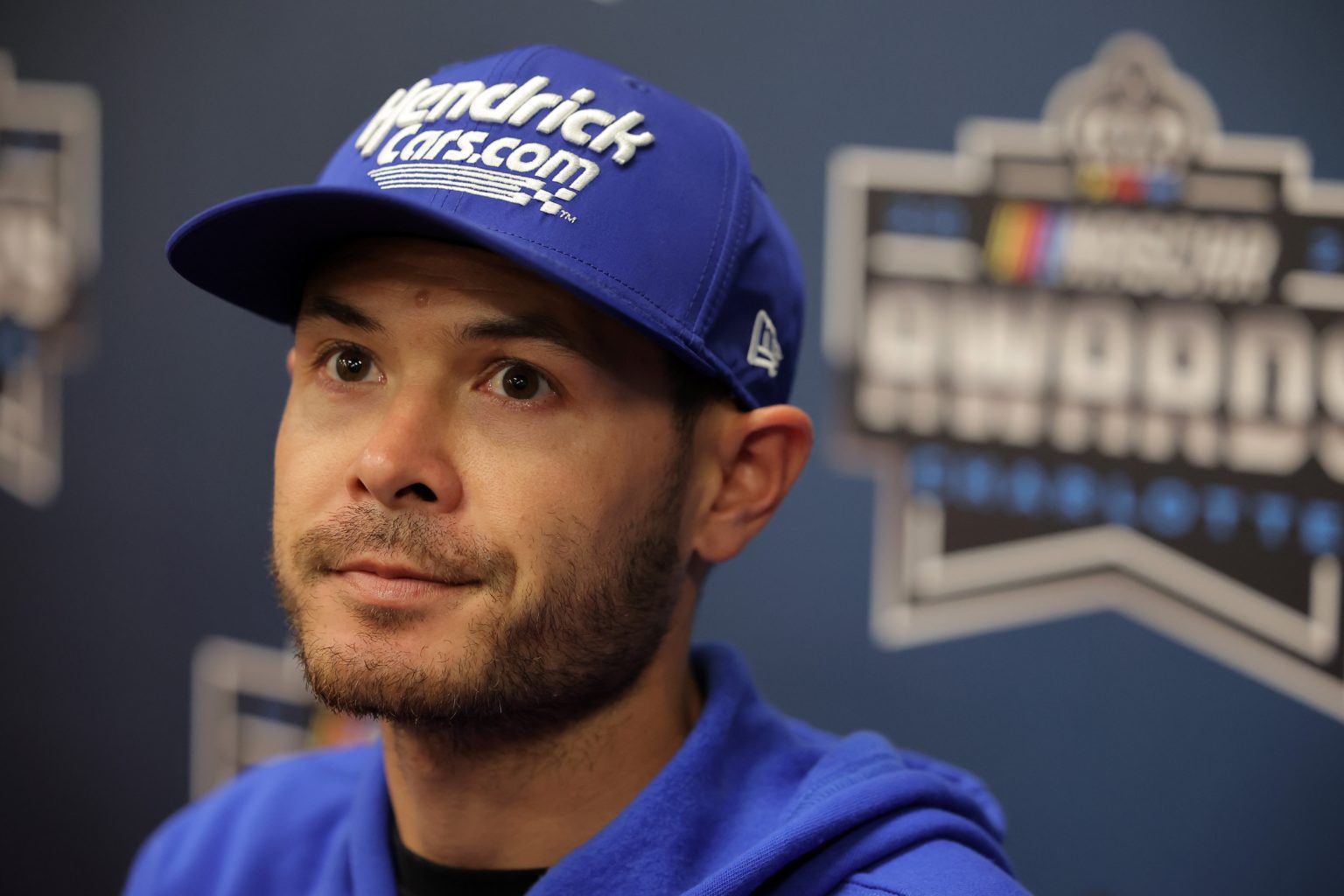The future of sprint car racing hangs in the balance as High Limit Racing, the innovative series co-founded by NASCAR star Kyle Larson and champion Brad Sweet, explores a potential merger with the established powerhouse, the World of Outlaws. This potential union represents a significant turning point for the sport, promising to reshape the landscape of sprint car competition and potentially usher in an era of unprecedented growth and stability. High Limit Racing, launched with the ambitious goal of elevating sprint car racing, has quickly gained traction in its inaugural season, strategically carving out its own space while respectfully avoiding direct clashes with the World of Outlaws’ schedule. The success of this approach has laid the groundwork for discussions about a potential merger, a prospect that could revolutionize the sport.
Larson himself has acknowledged the ongoing dialogue surrounding a potential merger, emphasizing that while the discussions are preliminary, the ultimate goal is to enhance the sport as a whole. The possibility of merging the two entities has become a topic of conversation within both organizations, driven by the undeniable impact High Limit Racing has had on the sprint car racing world. While a final decision remains on the horizon, the mere consideration of a merger underscores the transformative potential of such a partnership and the mutual recognition of the benefits it could bring. The convergence of these two influential forces could create a unified and strengthened platform for sprint car racing, benefiting drivers, teams, and fans alike.
High Limit Racing’s rapid ascent can be attributed to several factors, including its strategic media partnership with FloRacing. This collaboration has provided the series with a consistent and readily accessible platform for broadcasting races, ensuring wider visibility and generating a stable revenue stream. Furthermore, High Limit’s innovative approach has spurred the World of Outlaws to raise its own game, leading to increased purse sizes and the establishment of a dedicated safety crew – a direct response to the rising standards set by High Limit. This dynamic of healthy competition has ultimately benefited the entire sport, driving improvements across the board and setting the stage for a potential collaborative future.
The emergence of young talents like Corey Day further highlights the positive impact of High Limit Racing. Day, a teenage prodigy, dominated the High Limit circuit in 2024, accumulating more wins than any other driver. His success has propelled him onto larger stages, including ARCA and NASCAR, with backing from HendrickCars.com. Larson, recognizing Day’s exceptional talent and acknowledging that Day has already surpassed Larson’s own accomplishments at a similar age, sees him as a shining example of the opportunities High Limit Racing is creating for rising stars. This focus on nurturing young talent is a crucial aspect of High Limit’s vision, contributing to the long-term health and vitality of the sport.
A merger with the World of Outlaws presents intriguing possibilities for reshaping the racing calendar and expanding the sport’s reach. Discussions have revolved around incorporating new venues, such as the Dirt Track at Texas Motor Speedway and the IMS Dirt Track, potentially aligning races with NASCAR weekends. This strategic approach could minimize travel demands for drivers while offering unique opportunities to compete at prestigious tracks. For Larson, this alignment could pave the way for his personal ambition of competing in the Indy 500 in 2025. The potential synergy between NASCAR and sprint car racing offers a compelling narrative and could attract a broader audience to both disciplines.
The financial incentives offered by High Limit Racing are also a significant draw for drivers and teams. The series is exploring a model that guarantees a minimum $25,000 prize for race winners, along with increased points funds and contractual security. Moreover, High Limit provides double the tow money compared to the World of Outlaws, making it a financially attractive option for competitors. This commitment to enhancing the financial stability of sprint car racing is a key component of High Limit’s strategy, aiming to create a sustainable and rewarding environment for all participants. The potential merger with the World of Outlaws could further amplify these benefits, solidifying a robust and prosperous future for the sport.

